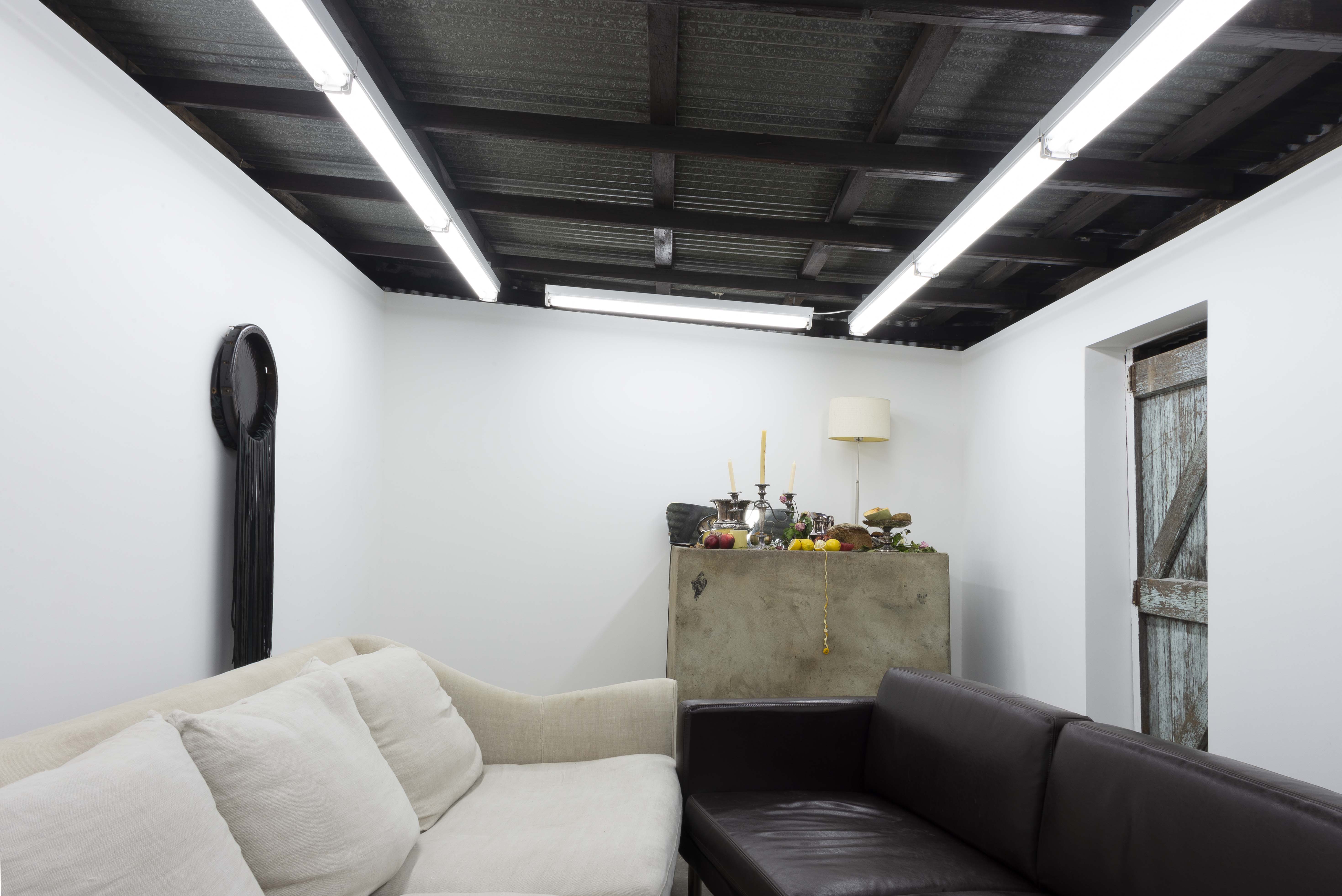
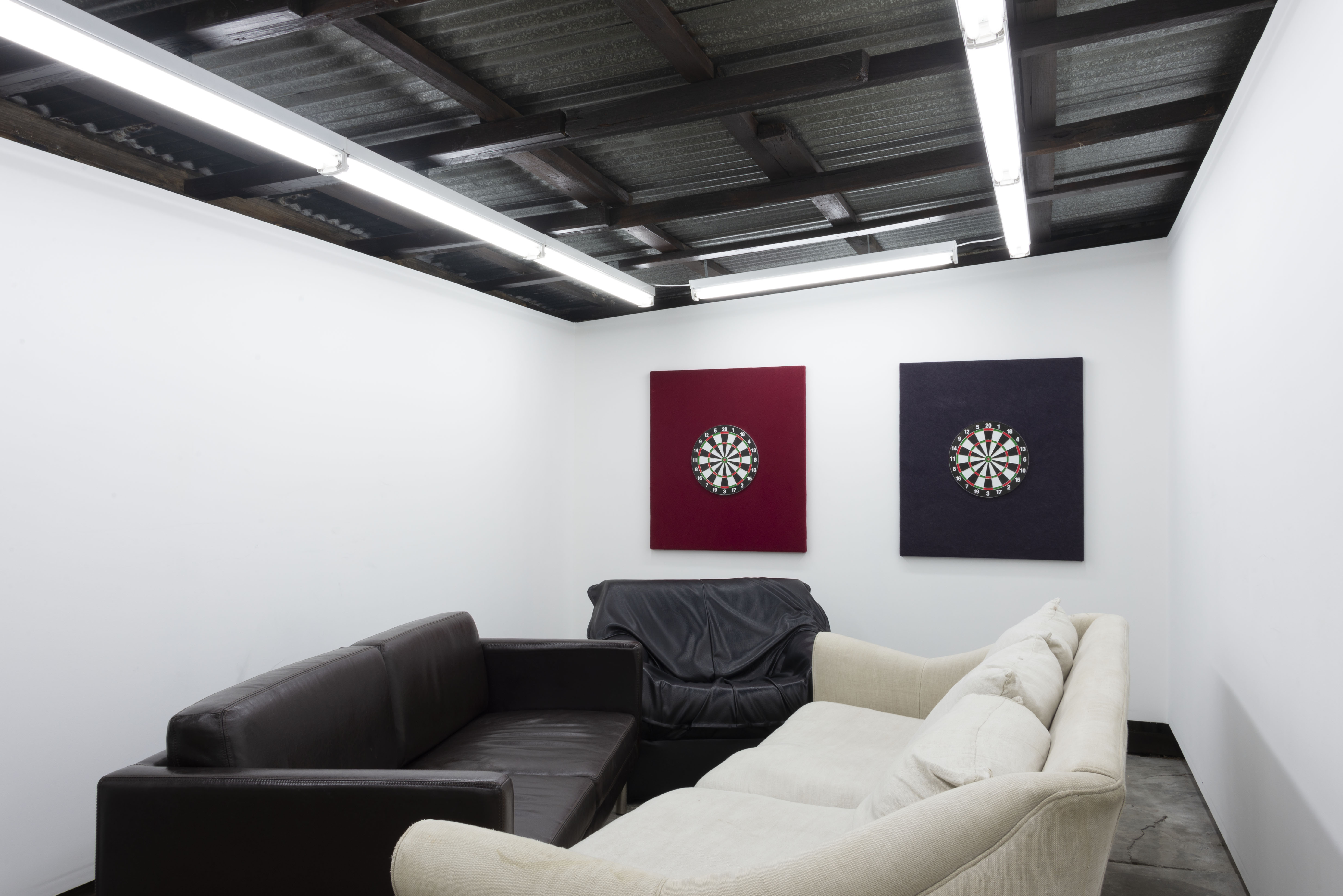
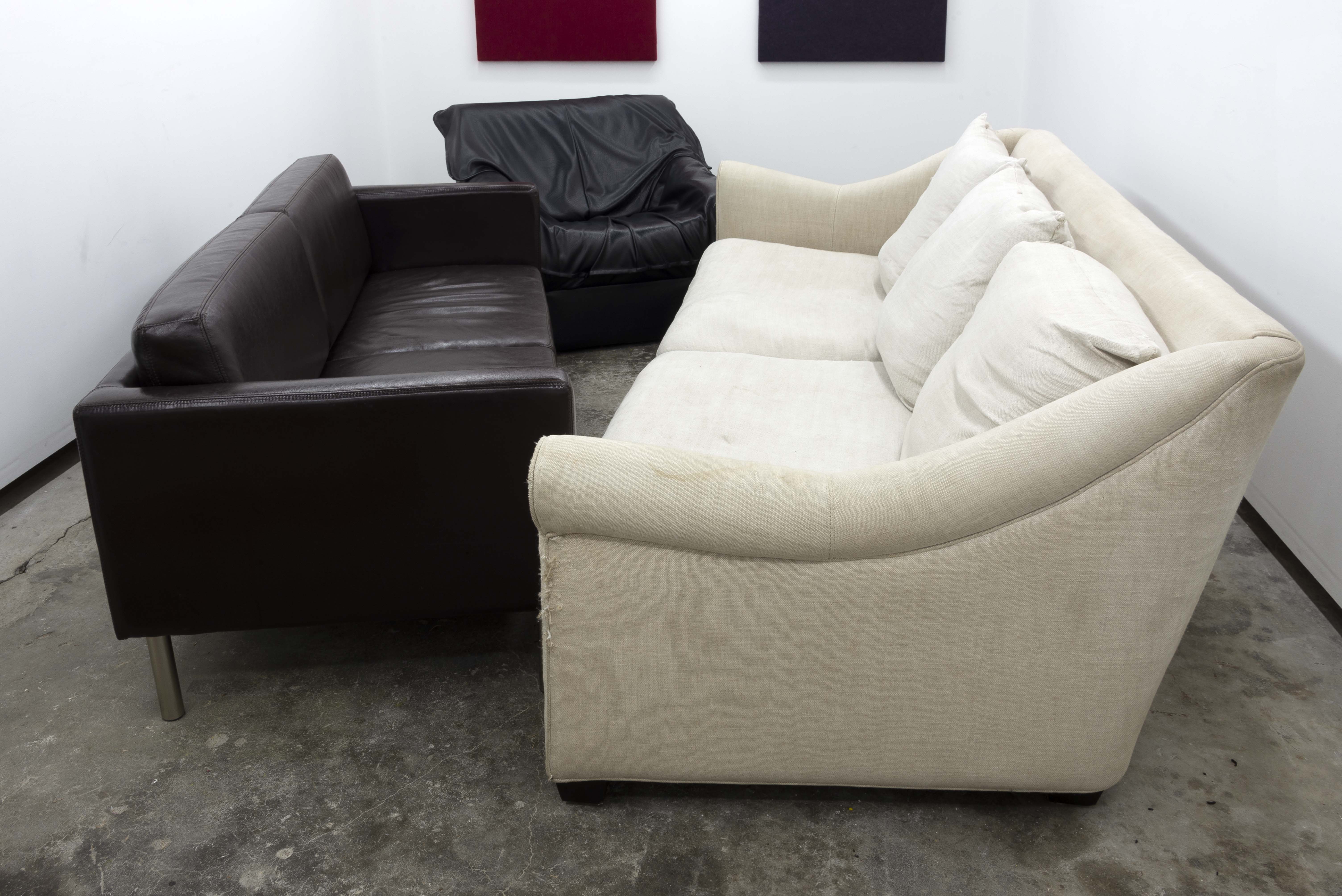

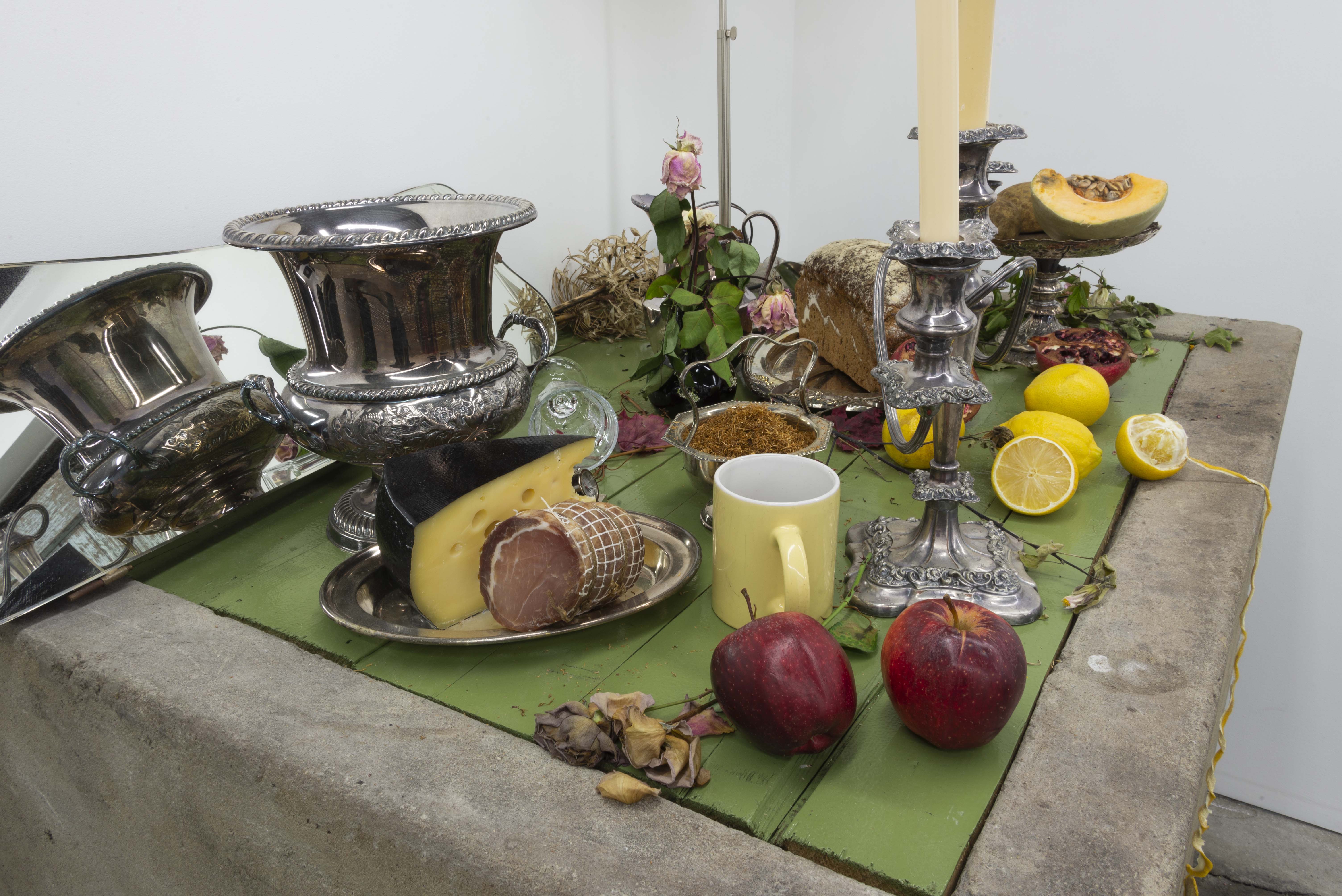
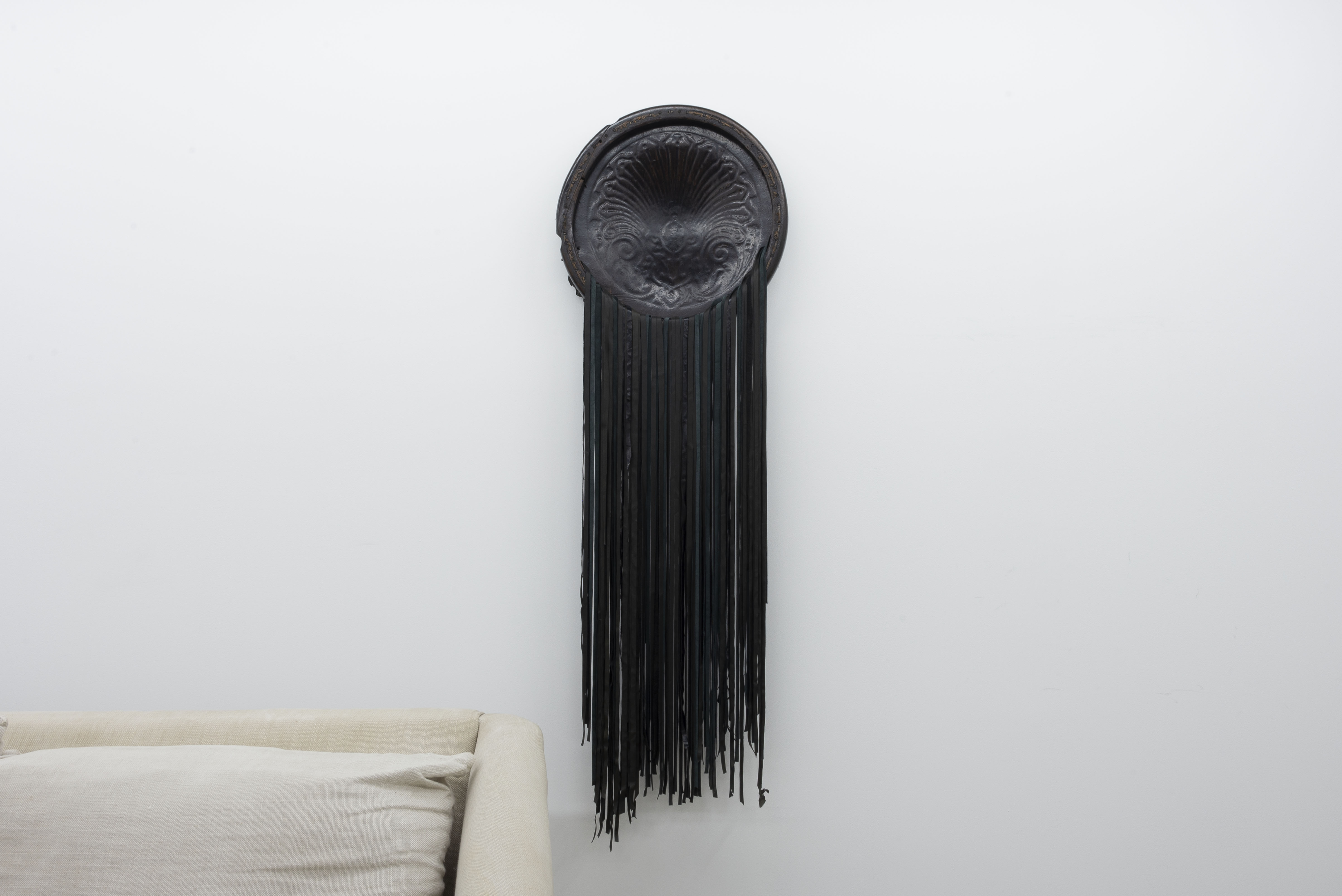
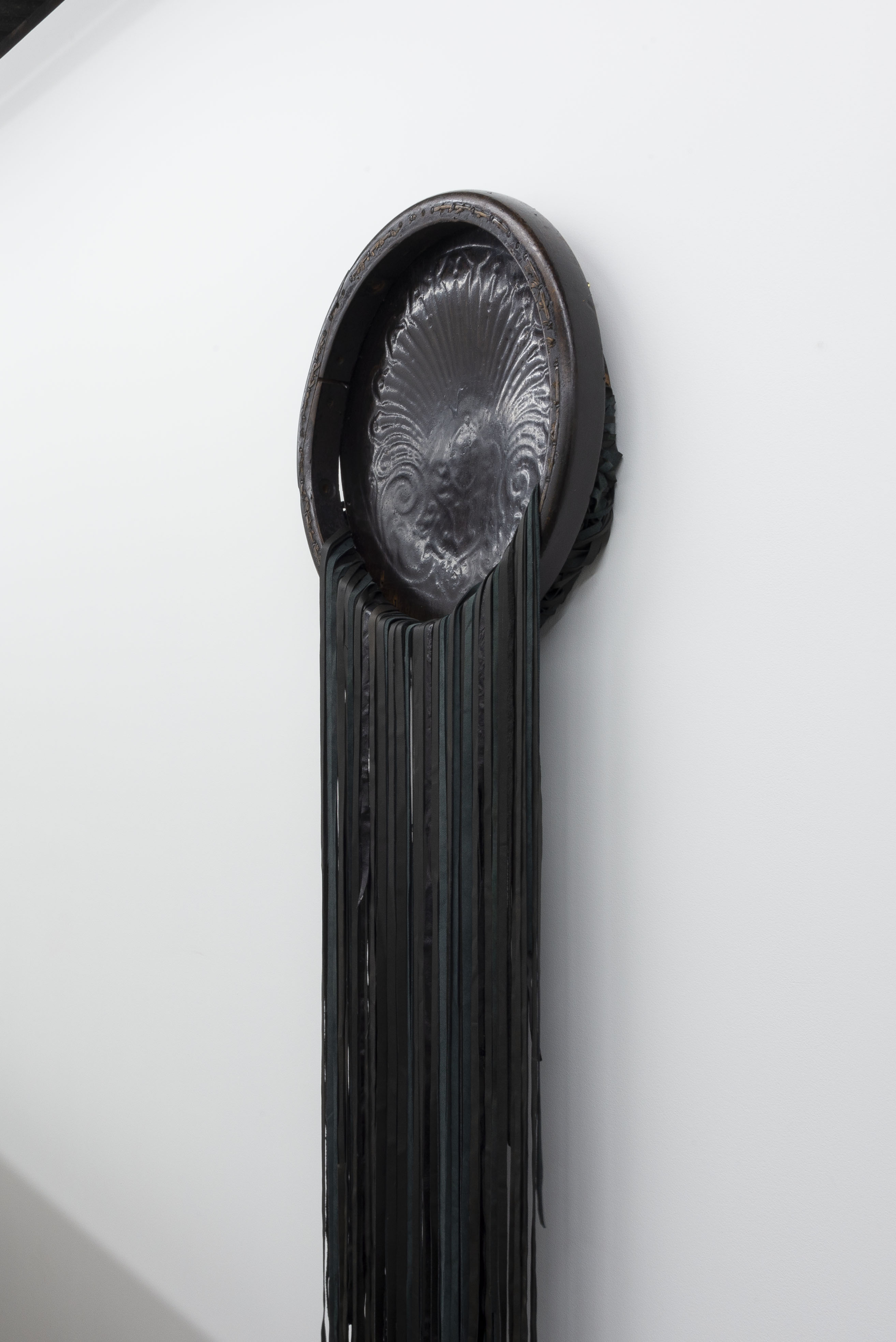


Brittany d’Argaville, Josh Krum & Aden Miller, 'Moral Shape'.
2 - 7 Jul 2022
Brittany d’Argaville, Josh Krum and Aden Miller have collaboratively assembled a Moral Shape, comprising of 3 couches, each owned by one of the artists. Each artist has also made a work in response to this shape.
Psychoanalysis’ suppressed relation to magic (both genealogical and terminological; Freud to Mesmer to Maximillion Hell and etc; the occult and unconscious as hidden worlds) demonstrates a trend away from the world at large toward the tendencies and rhythms of its perception. Although new disorders are ‘discovered’ at an apparently increasing rate, disorder itself has subsequently shifted in categorical location: rather than chance and contingency as a state of nature, disorder becomes a problematic state within the subject.
Despite such speculation and its trappings being far from novel, there’s an ineffable draw to this tension between magic and psychoanalysis; for example, the simultaneous publishing of Freud’s landmark Traumdeutung (Interpretation of Dreams) - which shares ‘deutung’ with the German word for astrology (‘die Sterndeutung’) - and the Wizard of Oz in 1900 imprints the 20th century with a sense of loss of home within nature, with all of its disorderly charm.
Dorothy taps bedazzled red flats together in hopes of returning from the world of Oz, with its moral polarisation, disappointing veil of soft-power and one-dimensional characters. Of course, Oz also has its charms, with many luminaries who escape to a place like Dorothy’s find themselves returning. The Moral Shape is of Oz and can hardly pretend to desire elsewhere.
Beyond its aspirations, the moral shape can’t really be explained – ‘shape’ proclaims form, but here invokes texture as abstraction. As such, a small degree of faith is required for the shape to be convincing. Only belief, the kind of thing sequestered to the realm of ignorance and worship, allows the shape to work its magic.
